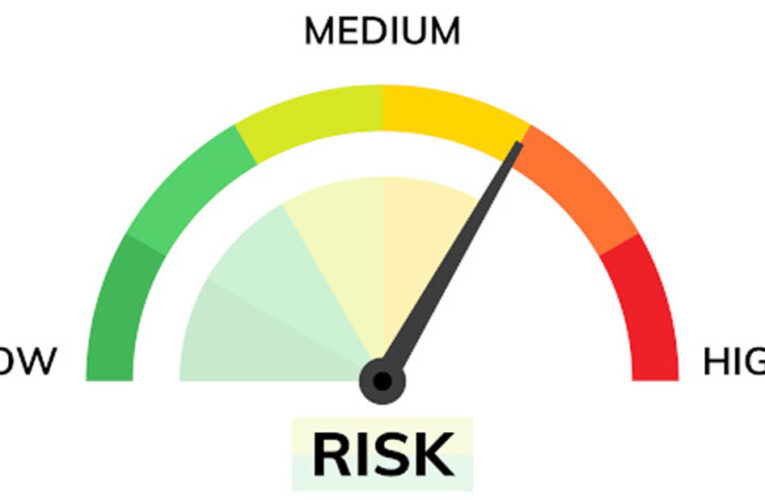Education must keep pace with evolving ransomware
IT leaders should leverage modern innovations like AI and machine learning to ensure data protection for faculty, staff, students and the institution as a whole
Despite the alarming rise of ransomware incidents in 2022, many education institutions still fail to address gaps in their protection protocols. A Sophos survey found that 64 percent of higher education and 56 percent of lower education institutions were hit by ransomware over the past year. These statistics should raise … Read More









